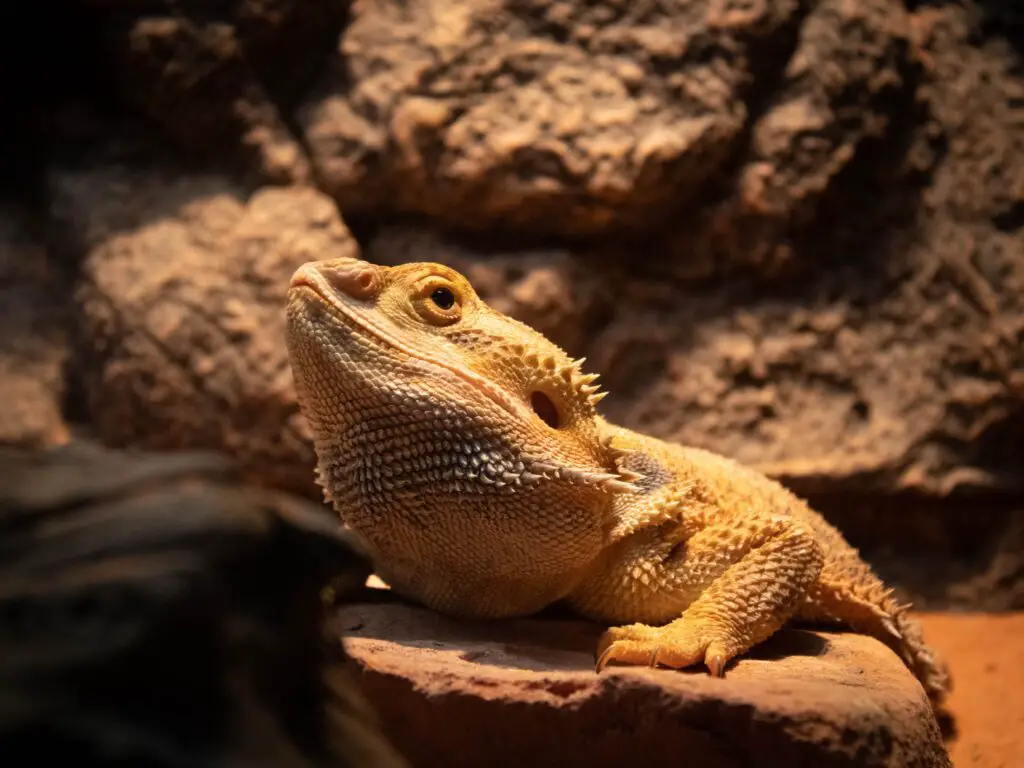Bearded dragon prolapse
Bearded dragon prolapse: Bearded dragons, known for their unique appearance and gentle disposition, have become increasingly popular as pets in recent years. As responsible owners, it is essential to familiarize ourselves with the potential health issues that can affect these captivating reptiles.
One such condition is bearded dragon prolapse, which can cause distress and discomfort for both the bearded dragon and its owner. Understanding the intricacies of this condition is crucial in order to provide appropriate care and seek timely veterinary assistance when necessary.
Definition of Bearded Dragon Prolapse
Bearded dragon prolapse refers to the protrusion or displacement of internal organs through the cloaca—a multi-purpose opening located near the vent region. The cloaca serves as a common outlet for waste elimination (feces and urine) as well as reproductive functions (egg-laying or sperm transfer). Prolapse occurs when part of the gastrointestinal tract or reproductive system becomes everted or pushed out through this opening.
Commonly affected organs include the colon, rectum, or genitalia. It is important to note that bearded dragon prolapse can occur in two distinct forms: cloacal prolapse and colonic/rectal prolapse.
Cloacal prolapse involves the protrusion of tissues from within the cloaca itself, while colonic/rectal prolapse involves tissues from further up in the gastrointestinal tract becoming displaced through the cloaca. Both types require immediate attention to prevent further complications.
Importance of Understanding this Condition for Bearded Dragon Owners
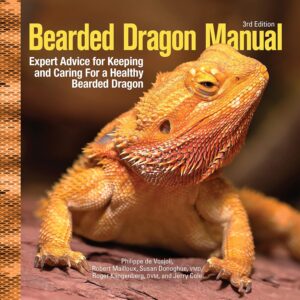 As devoted keepers of these magnificent reptiles, it is our responsibility to ensure their well-being and provide appropriate care in times of illness or distress. Understanding bearded dragon prolapse is crucial because early identification and intervention greatly increase chances of successful treatment and recovery.
As devoted keepers of these magnificent reptiles, it is our responsibility to ensure their well-being and provide appropriate care in times of illness or distress. Understanding bearded dragon prolapse is crucial because early identification and intervention greatly increase chances of successful treatment and recovery.
Recognizing the signs and symptoms associated with prolapse allows us to promptly seek veterinary assistance, preventing potential complications and unnecessary suffering for our beloved bearded dragons. Furthermore, being knowledgeable about this condition enables us to take proactive measures to prevent prolapse from occurring in the first place.
By maintaining a healthy diet, providing suitable environmental conditions, and practicing proper hygiene, we can significantly reduce the risk of prolapse in our bearded dragons. Informed owners are therefore better equipped to promote the overall health and happiness of their scaly companions.
In the following sections of this article, we will delve deeper into the anatomy of bearded dragons, explore the causes of prolapse in these reptiles, discuss different types of prolapse that can occur, explore treatment options available for affected dragons, and provide valuable prevention strategies to mitigate the occurrence of this condition. By gaining a comprehensive understanding of all aspects related to bearded dragon prolapse, we empower ourselves as caregivers to ensure optimal care for our scaly friends.
Understanding the Anatomy of Bearded Dragons
Overview of the Digestive System in Bearded Dragons
Bearded dragons, scientifically known as Pogona vitticeps, possess a fascinating digestive system that enables them to efficiently process food and eliminate waste. Understanding their unique gastrointestinal anatomy is crucial in comprehending the potential causes and consequences of prolapse in these reptiles.
The journey of food in bearded dragons begins with their sharp-edged teeth, perfectly adapted for shredding plant matter and insects. Once ingested, food moves through the oral cavity into a short esophagus that leads to a prominent structure called the crop.
The crop acts as a storage compartment allowing bearded dragons to consume large quantities of food in one meal, which they can later digest at their own pace. From the crop, undigested material enters the stomach or proventriculus where gastric acid aids in breaking down proteins and other nutrients.
The acidic environment also helps neutralize any potentially harmful bacteria or parasites present in their diet. After this initial digestion stage, partially processed food then passes into the small intestine where absorption occurs.
Discussion on the Cloaca and its Role in Waste Elimination and Reproduction
At the end of the digestive system lies an essential organ called the cloaca. The cloaca serves as a common chamber where various bodily systems merge before elimination or reproduction occur.
In bearded dragons, this multipurpose structure has two primary functions: excretion of waste products and facilitation of reproductive activities. When it comes to waste elimination, fecal matter from both solid and liquid waste is expelled through an opening called the vent located within the cloacal region.
This region also houses specialized glands responsible for producing urates—a combination of metabolic byproducts—including uric acid crystals which are excreted alongside feces. Aside from its role in waste elimination, the cloaca also plays a vital role in reproduction.
In males, the hemipenes, which are paired reproductive organs, are housed within this complex structure. During mating, these organs are everted and inserted into the female’s cloaca for successful insemination.
The intricate design of the cloaca ensures efficient waste elimination and reproduction, making it a critical aspect to consider when examining issues such as prolapse in bearded dragons. Understanding the intricate anatomy of bearded dragons allows us to appreciate their physiological intricacies and better comprehend how certain conditions, like prolapse, can arise.
By delving into the unique digestive system of these reptiles and exploring the multifunctional role of their cloaca in waste elimination and reproduction, we gain valuable insights into potential factors that may contribute to prolapse development. Armed with this knowledge, we can take proactive measures to ensure their well-being and implement appropriate preventive strategies.
Causes of Prolapse in Bearded Dragons
Constipation and Impaction as Common Triggers for Prolapse
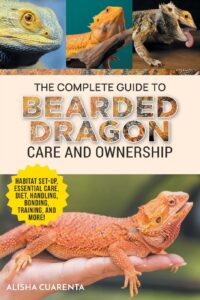 Constipation and impaction are two prevalent factors that can lead to prolapse in bearded dragons. Constipation occurs when a bearded dragon experiences difficulty or infrequency in passing fecal matter.
Constipation and impaction are two prevalent factors that can lead to prolapse in bearded dragons. Constipation occurs when a bearded dragon experiences difficulty or infrequency in passing fecal matter.
This can happen due to various reasons, such as inadequate hydration, lack of dietary fiber, or improper husbandry practices. When constipation persists, it puts excessive strain on the cloaca, the common opening for waste elimination and reproduction in reptiles.
This strain weakens the muscles surrounding the cloaca and increases the risk of prolapse. Impaction refers to the blockage of a bearded dragon’s digestive tract, often caused by ingesting indigestible materials or consuming an imbalanced diet.
The ingestion of loose substrate such as sand or gravel is a common cause of impaction since it can accumulate within the digestive system and hinder normal bowel movements. The accumulated material creates pressure on the cloaca, leading to prolapse.
Detailed Explanation of How Constipation Can Lead to Prolapse
When a bearded dragon experiences constipation over an extended period, several physiological changes occur that make them more susceptible to prolapse. The prolonged retention of feces hardens them within the colon, making it increasingly difficult for them to pass through the intestines smoothly.
As a result, when defecation finally occurs after significant effort and straining from the reptile, it causes immense pressure on the weakened muscles surrounding its cloaca. The continuous straining during constipated bowel movements puts additional stress on both internal and external tissues around the cloacal region.
Over time, this repeated exertion weakens these tissues further until they can no longer maintain their normal position inside the body cavity. Eventually, this leads to the protrusion of internal organs or tissues, resulting in prolapse.
Factors that Contribute to Impaction in Bearded Dragons
Impaction in bearded dragons can occur due to various reasons, including improper husbandry practices and dietary choices. One significant factor is the ingestion of loose substrate, such as sand or gravel, which some bearded dragon owners mistakenly use as a substrate for their enclosure.
These substrates can be inadvertently consumed during feeding or accidentally ingested while hunting for prey. The ingested material gradually accumulates within the digestive system, leading to obstruction and impaction.
Additionally, a diet lacking in essential nutrients and fiber can contribute to impaction. Bearded dragons require a balanced diet consisting of appropriate amounts of vegetables, fruits, and insects.
If their diet lacks dietary fiber or contains excessive amounts of indigestible materials like bone fragments or excessively large prey items, it can disrupt normal digestion and promote impaction. Other possible causes of prolapse include dietary issues and improper nutrition as well as trauma or injury to the cloacal area.
These factors will be discussed further in subsequent sections. Understanding these causes is crucial for proactive prevention strategies and ensuring the overall health and well-being of bearded dragons.
Cloacal Prolapse
Description and Symptoms: Cloacal prolapse is a condition where the cloaca, which is the common opening for the digestive, urinary, and reproductive tracts in bearded dragons, protrudes or becomes everted. This can occur due to a variety of factors including constipation, straining during defecation, or excessive force while laying eggs. When a bearded dragon experiences cloacal prolapse, the inner lining of the cloaca becomes visible externally.
The symptoms of cloacal prolapse are usually quite evident. The bearded dragon may exhibit a varying degree of tissue protrusion from the vent area.
The exposed tissue may appear red or swollen and can sometimes become ulcerated. Bearded dragons with this condition often experience discomfort and tenderness around the affected area.
Additionally, they may show signs of distress such as lethargy, loss of appetite, and difficulty moving. Potential Complications if Left Untreated: If left untreated, cloacal prolapse can lead to severe complications in bearded dragons.
One common complication is tissue necrosis or death of exposed tissue due to lack of blood flow. This can further contribute to infection and inflammation in the affected area.
The risk of secondary infections such as bacterial or fungal infections significantly increases if proper treatment is not initiated promptly.
Colonic or Rectal Prolapse
Description and Symptoms: Colonic or rectal prolapse occurs when either the colon or rectum extends out through the vent opening in bearded dragons. This type of prolapse is often associated with chronic constipation or straining during bowel movements due to an underlying digestive issue.
In cases of colonic or rectal prolapse, owners may notice a protrusion of the colon or rectal tissue from the vent area. The exposed tissue may appear pink or red and can sometimes be mistaken for the cloaca.
However, it is important to differentiate between the two as they require different treatment approaches. Bearded dragons with colonic or rectal prolapse may display signs of discomfort, distress, and difficulty passing stool.
Potential Complications if Left Untreated: Neglecting to address colonic or rectal prolapse in bearded dragons can lead to severe consequences. One significant complication is the risk of injury or damage to the exposed tissue during daily activities such as movement, defecation, or physical contact with the surroundings.
This can further aggravate inflammation and cause pain for the affected reptile. Additionally, untreated colonic or rectal prolapse increases susceptibility to infections and impairs normal bowel functions.
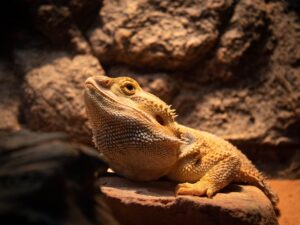
Treatment Options for Bearded Dragon Prolapse
First Aid Measures:
When faced with a case of bearded dragon prolapse, immediate first aid measures can significantly contribute to the well-being and recovery of your reptilian companion. Proper hygiene practices are paramount to preventing infection and further complications. Start by gently cleaning the affected area with a mild, non-irritating antiseptic solution diluted in warm water.
Use a soft cloth or cotton swabs to carefully remove any debris or fecal matter that may be present around the prolapsed tissue. Avoid excessive pressure or manipulation to prevent aggravating the condition.
In addition to maintaining cleanliness, rehydration techniques play a crucial role in mitigating bearded dragon prolapse. Dehydration is often associated with this condition due to fluid loss caused by straining or prolonged prolapse.
To rehydrate your bearded dragon, prepare a warm electrolyte solution using an appropriate reptile-specific electrolyte powder mixed with water. Administer this solution orally using a syringe without the needle attachment, making sure to provide small amounts frequently rather than overwhelming your pet with large quantities at once.
Veterinary Intervention:
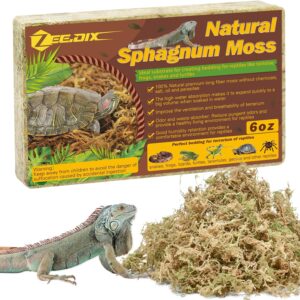 While first aid measures are essential for initial management, seeking professional veterinary intervention is highly recommended for cases of bearded dragon prolapse. Veterinarians possess the expertise and necessary equipment to provide tailored treatments based on individual circumstances. Medical treatments can range from lubrication techniques utilizing safe substances like petroleum jelly (used sparingly) or water-based lubricants specifically formulated for reptiles, which can help facilitate the gentle reduction of prolapsed tissue back into its normal position within the cloaca or rectum.
While first aid measures are essential for initial management, seeking professional veterinary intervention is highly recommended for cases of bearded dragon prolapse. Veterinarians possess the expertise and necessary equipment to provide tailored treatments based on individual circumstances. Medical treatments can range from lubrication techniques utilizing safe substances like petroleum jelly (used sparingly) or water-based lubricants specifically formulated for reptiles, which can help facilitate the gentle reduction of prolapsed tissue back into its normal position within the cloaca or rectum.
Warm baths are another commonly utilized method wherein immersion in lukewarm (not hot) water helps relax muscles and ease tissue reduction. In some instances, enemas may be required under veterinary supervision as an additional measure to aid in the reduction of prolapse.
These enemas usually consist of warm water or a mild, non-toxic solution that can be carefully administered into the cloaca to soften impacted fecal matter and facilitate its passage. However, in severe cases of bearded dragon prolapse, surgical intervention may become necessary.
Surgical options are typically considered when conservative measures fail or when complications such as tissue necrosis or infection are present. Surgery aims to repair and restore the prolapsed tissue back to its anatomically correct position, ensuring proper function and reducing the likelihood of recurrence.
It is crucial to consult an experienced reptile veterinarian who can provide a comprehensive assessment of your bearded dragon’s condition and recommend the most appropriate treatment plan. Remember that prompt veterinary intervention improves the chances for successful outcomes and long-term well-being for your beloved scaled companion.
Prevention Strategies for Bearded Dragon Prolapse
Dietary considerations:
Maintaining a well-balanced and appropriate diet is crucial in preventing bearded dragon prolapse. One key aspect of proper nutrition is ensuring the right calcium-to-phosphorus ratio. A deficiency in calcium can lead to weakened bones and muscle tone, which can contribute to prolapse.
To avoid this, incorporate calcium-rich foods such as dark leafy greens (e.g., kale, collard greens) and offer a variety of gut-loaded insects that have been dusted with a reptile-specific calcium supplement. Additionally, providing fiber-rich foods is essential for healthy digestion in bearded dragons.
Including vegetables like squash, bell peppers, and carrots can help promote regular bowel movements and prevent constipation. Be sure to chop these foods into appropriately sized pieces to avoid any choking hazards.
Environmental:
Creating the right environmental conditions for your bearded dragon plays a vital role in preventing prolapse. Maintaining the proper temperature gradient within their enclosure is crucial. Insufficient heat can lead to improper digestion and constipation, increasing the risk of prolapse.
Provide basking spots with temperatures between 95-105°F (35-40°C) and cooler areas around 80-85°F (27-29°C). A clean and stress-free environment also contributes to overall health.
Ensure the enclosure is regularly cleaned and disinfected to prevent bacteria buildup that could cause infections or digestive issues leading to prolapse. Furthermore, reducing stress levels by providing hiding spots, appropriate lighting schedules, and minimizing disturbances contributes positively to your pet’s well-being.
To sum up bearded dragon prolapse
By understanding the dietary considerations and environmental factors that influence bearded dragon health, we can take proactive measures to prevent the occurrence of prolapse in these fascinating reptiles. By providing a balanced diet rich in calcium and fiber, we give our bearded dragons the necessary nutrients to maintain strong bones and a healthy digestive system.
Simultaneously, creating an optimal habitat with proper temperature gradients and low stress levels can significantly reduce the risk of prolapse. With these preventative strategies in place, we can ensure our beloved bearded dragons lead long, happy lives free from the discomfort and complications associated with prolapse.
Further Reading:
- Carolina Custom Cages Terrarium Review
- 8 Best Basking Rocks for Beardie: What Is the Best Choice?
- 10 Best Thermometers for Beardie: How to Choose the Best One?
- 5 Best Beardie Lighting Setups for Beardie Lovers
- 9 Best Heat Lamps for Beardie: Natural Habitat Provided

